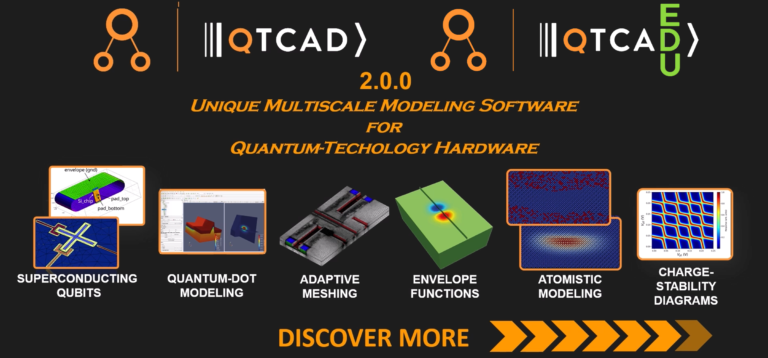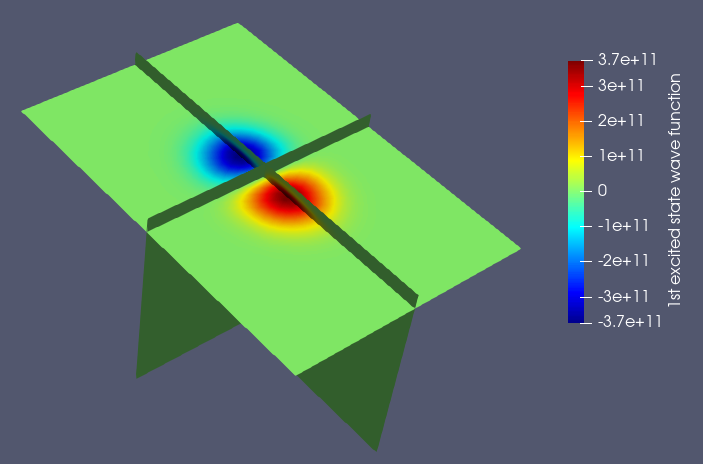The Atoms package of QTCAD® enables the atomistic and multiscale modeling of spin qubits. It includes an atomic structure builder for semiconductor heterostructure quantum dots; realistic nonidealities, such as random alloying and rough heterointerfaces, may be considered. Such atomic structures may then be relaxed using our Keating valence force-field model solver in order to resolve strain at the atomistic level. From there, the tight-binding Hamiltonian of the atomic structure may be constructed; it includes: spin-orbit coupling, the Zeeman effect, magnetic orbital effects, and the effect of an external electric potential. The external electric potential may be obtained via FEM simulation, thereby enabling multiscale modeling. Our parallelized, sparse eigensolver may then be used to resolve the electronic structure of the quantum dot and extract quantities of interest such as valley splitting and g-tensor. Finally, by repeating simulations over a statistical ensemble of randomly-generated atomic structures, the device-to-device variability of such metrics may be assessed.
































